Do You Know Silicone Sealant Manufacturing Process? | JCT Machinery
 Nov 13,2023
Nov 13,2023

 JCT
JCT
Silicone sealant manufacturing process:
1. Raw Material Preparation:
The primary raw materials for silicone sealant include silicone polymers, fillers, plasticizers, adhesion promoters, and catalysts.
Each raw material is carefully measured and prepared according to the formulation requirements.
2. Mixing and Compounding:
The prepared raw materials are fed into a mixing vessel or mixer.
The materials undergo thorough mixing and compounding to ensure uniform distribution of components.
Catalysts are added to initiate the curing process.
3. Extrusion:
The mixed and compounded silicone sealant formulation is fed into an extruder.
The extruder shapes the sealant into the desired profile or form, typically as a continuous bead or a specific cross-sectional shape.
The extruded sealant is then cut into manageable lengths.
4. Curing:
The extruded silicone sealant undergoes a curing process to transform it from a liquid or semi-liquid state to a solid elastomeric material.
The curing process can involve exposure to air (moisture-cure) or a specific curing agent (such as an addition-cure system).
5. Quality Control:
Samples of the cured silicone sealant are tested to ensure they meet quality standards.
Common tests include checking for adhesion strength, elongation, hardness, and other relevant properties.
6. Packaging:
The cured silicone sealant is packaged into containers suitable for retail or industrial use.
7. Labeling and Storage:
The packaged silicone sealant is labeled with product information, usage instructions, and safety precautions.
Finished products are stored in a controlled environment to maintain their quality until they are shipped.
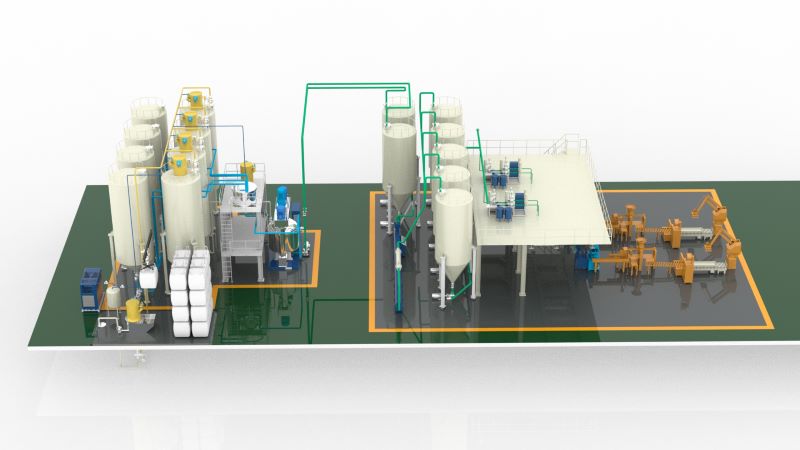


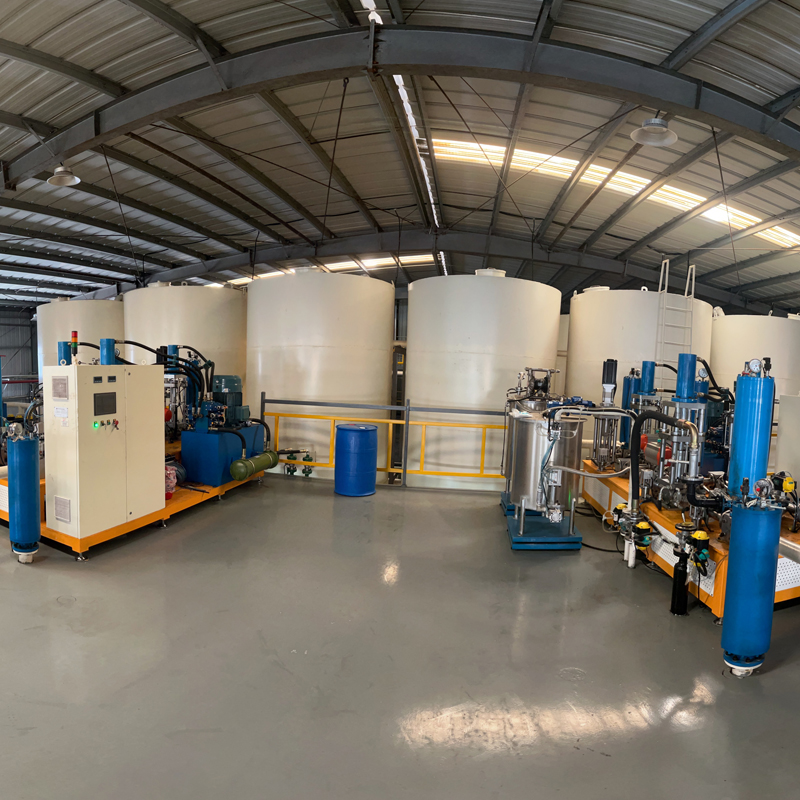
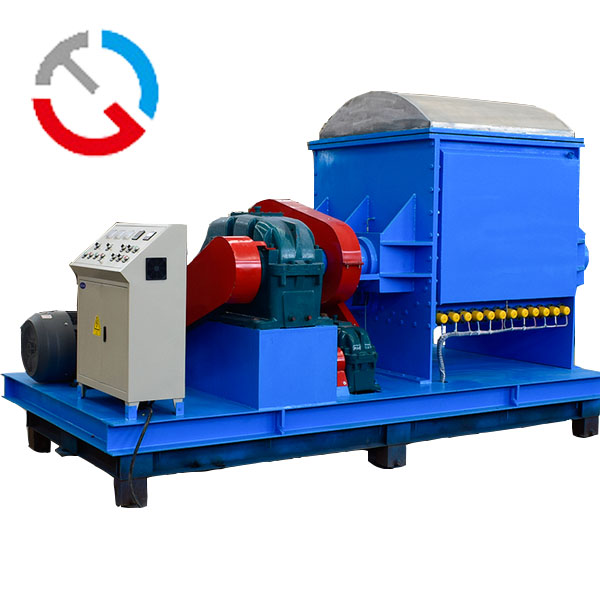
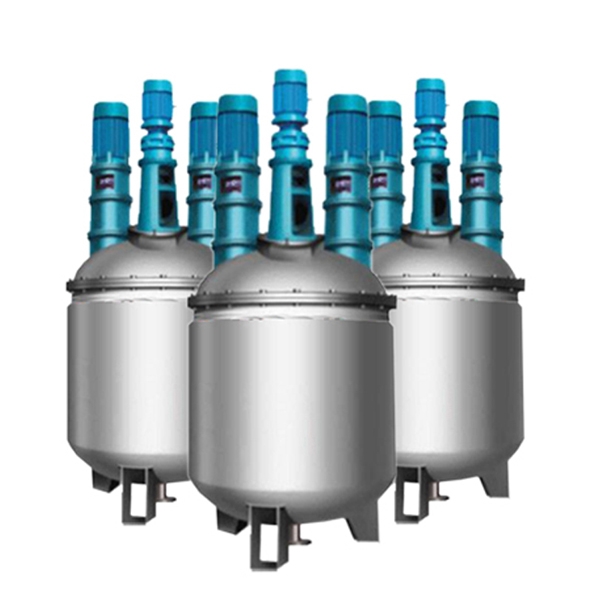
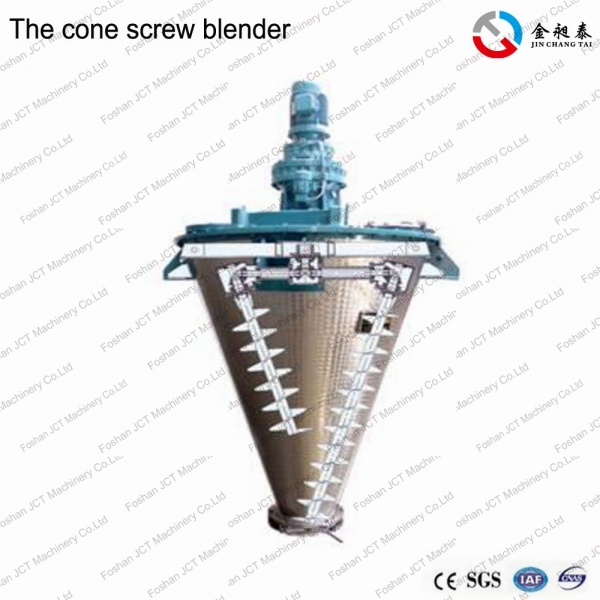


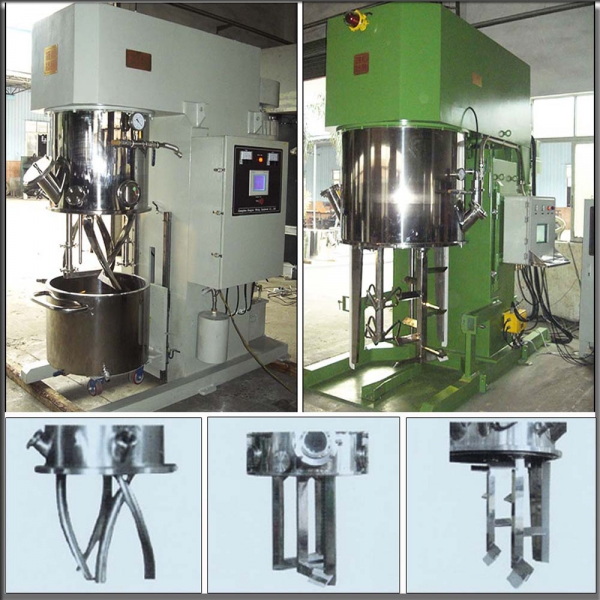





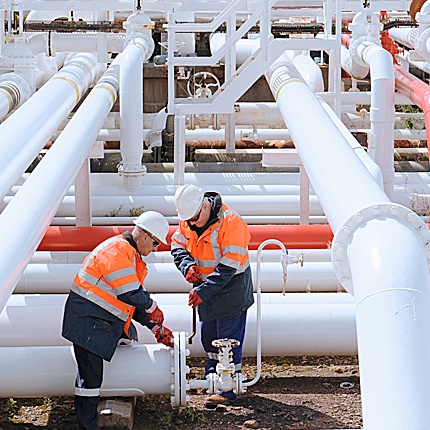

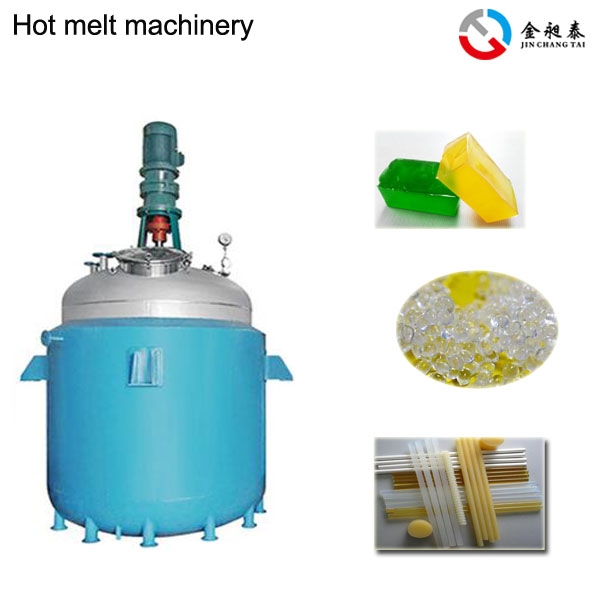
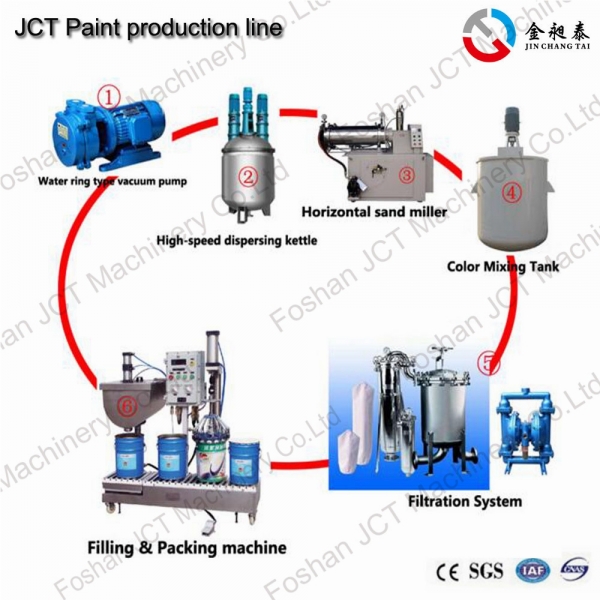
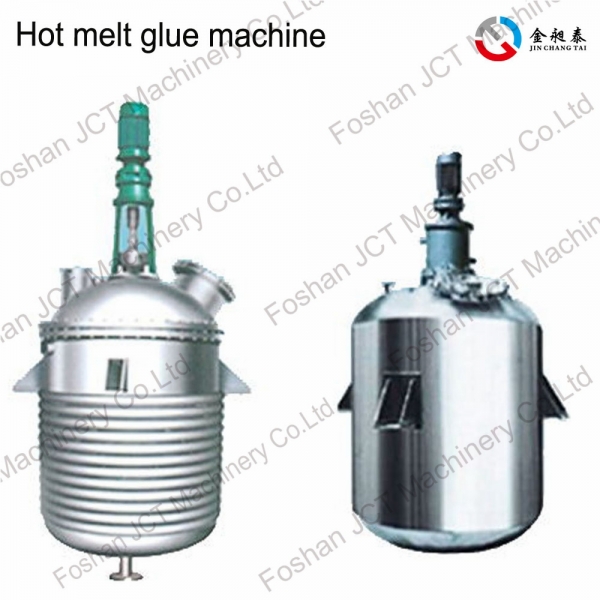
 CN
CN
 HOME
HOME What Are 5 Things Made From Silicone Rubber? | JCT Machinery
What Are 5 Things Made From Silicone Rubber? | JCT Machinery  You May Also Like
You May Also Like
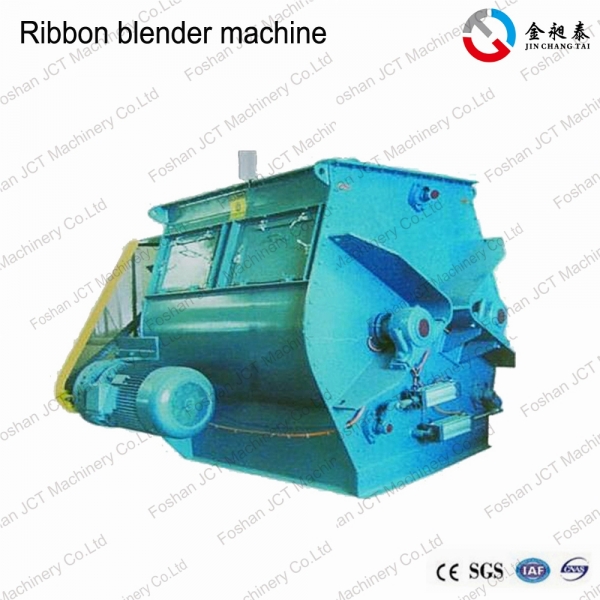

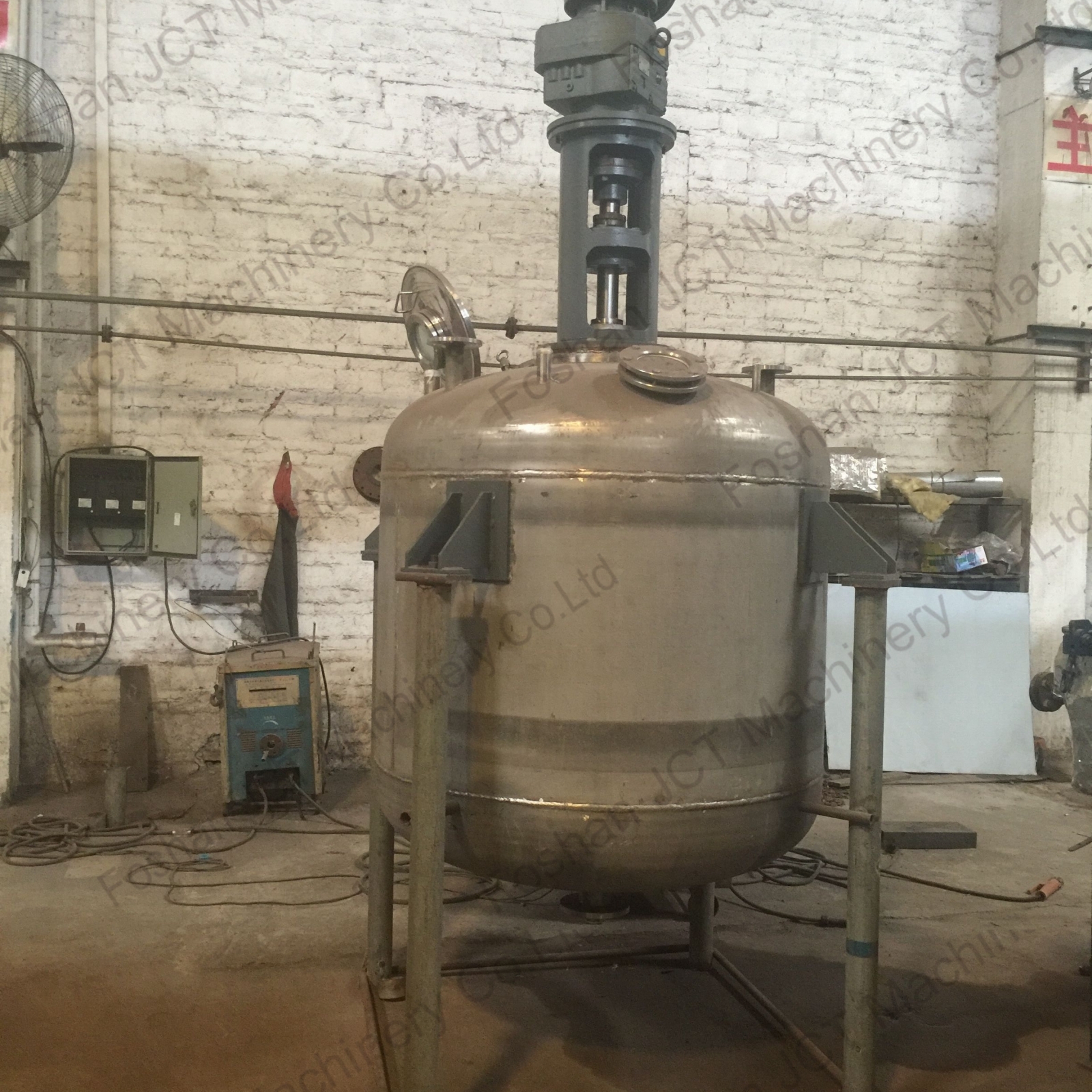
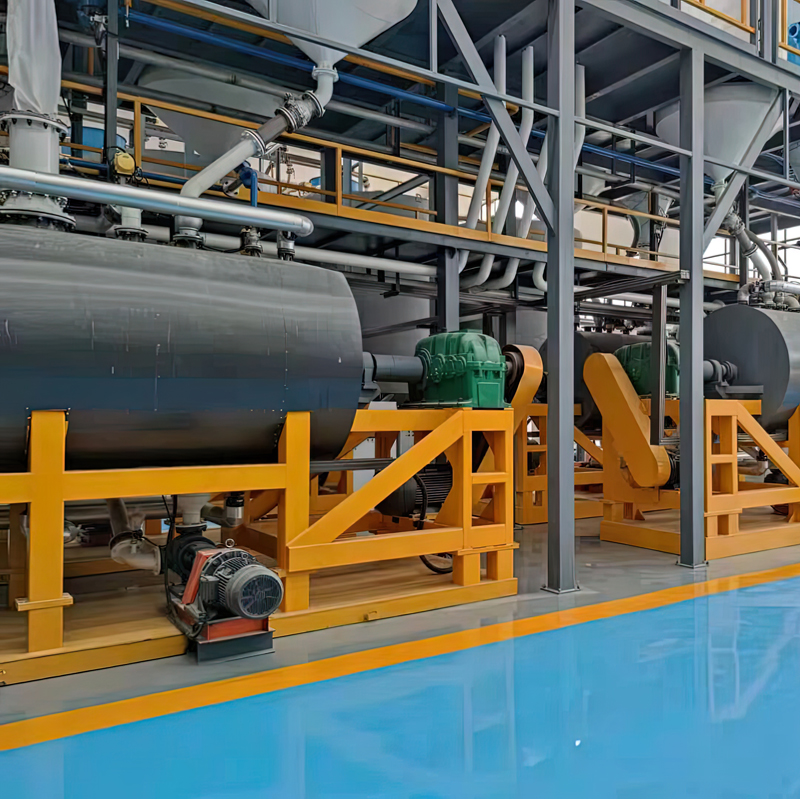
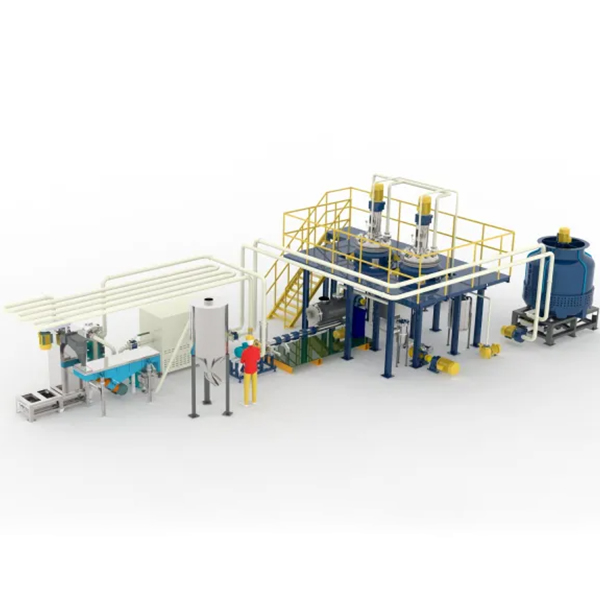

 Tel
Tel
 Email
Email
 Address
Address










